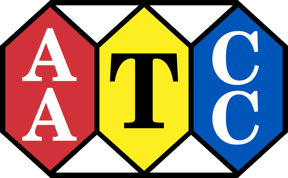Description
Untitled
TEST METHODS ARE DELIVERED AS A LINK IN YOUR EMAILED RECEIPT.
AATCC TM120-2019, Test Method for Colorfastness to Flat Abrasion (Frosting): Emery
1. Purpose and Scope
1.1 This test method is intended for evaluating the resistance of colored fabrics to changes in shade caused by flat abrasion.
1.2 It can be used for all colored fabrics, but is especially sensitive to poor dye penetration in all-cotton fabrics and to abrasion-caused changes in color of union-dyed blends.
2. Principle
2.1 The fabric specimen is mounted over a diaphragm inflated under controlled air pressure and rubbed multidirectionally against an emery abradant surface mounted on a weighted head. After rinsing and conditioning, specimens are evaluated for color change. Color change is reported as a grade from 5 to 1, with 5 representing no color change and 1 representing the most color change.
Copyright 2019 American Association of Textile Chemists and Colorists, RTP, NC, USA. All rights reserved.
The above information is only a summary of the AATCC test method.
English
Spanish
Hindi
Chinese (Simplified)
Chinese (Traditional)
Japanese
Bengali
Korean
Telugu
Marathi
Punjabi
French
Polish
Arabic
Danish
Dutch
Persian
Portuguese
Latin
Vietnamese
Hebrew
Hungarian
Indonesian
Irish
Italian
Kannada
Mongolian
Romanian
Russian
Norwegian
Serbian
Sindhi
Swedish
Tamil
Turkish
Ukrainian
Urdu
